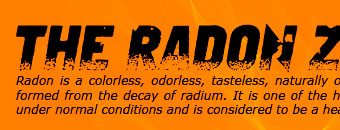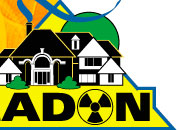 |
 |
 |
||||
|
||||||
| Call: 417-844-0942 | ||||||
|
Crawl Spaces Many homes built on crawl space foundations in the Southeastern United States suffer from poor moisture management. Some of the common symptoms of a crawl space moisture problem are: » Mold or moisture damage. » Musty odors in the living area. » Condensation ("sweating") on air conditioning ductwork or equipment. » Condensation on insulation, pipes, truss plates. » Buckled hardwood floors. » High humidity in the living area. » Insect infestations. » Rot in wooden framing members. These symptoms are most often noticed in the humid spring and summer seasons but can occur at any time of the year. Often, the heating and air conditioning contractor is the first person the residents call to deal with the problem. Typically though, the problem is not due to a failure of the air conditioning system; it results from poor moisture control in the crawl space. For many decades, building codes and conventional wisdom have prescribed ventilation with outside air as the primary method of moisture control in crawl spaces. In the humid Southeast, however, ventilation with outside air only makes moisture problems worse. Recent research by Advanced Energy and others indicates that a new type of crawl space system, with NO vents to the outside, can provide greatly improved moisture control and significant energy savings when properly installed. This page lists materials and information generated by Advanced Energy research projects, diagnostic investigations and collaboration with a variety of professional installers and consultants across the country. We hope this information can help you to improve your existing crawl space or to design and install a properly-closed new crawl space. |
|
|||||